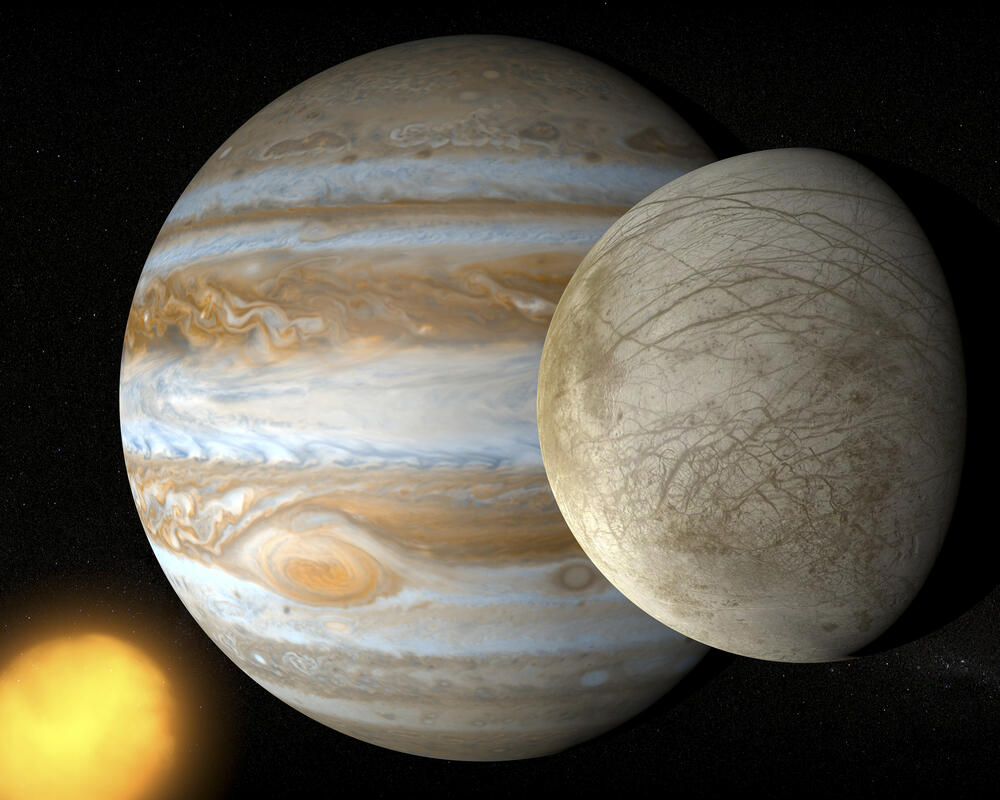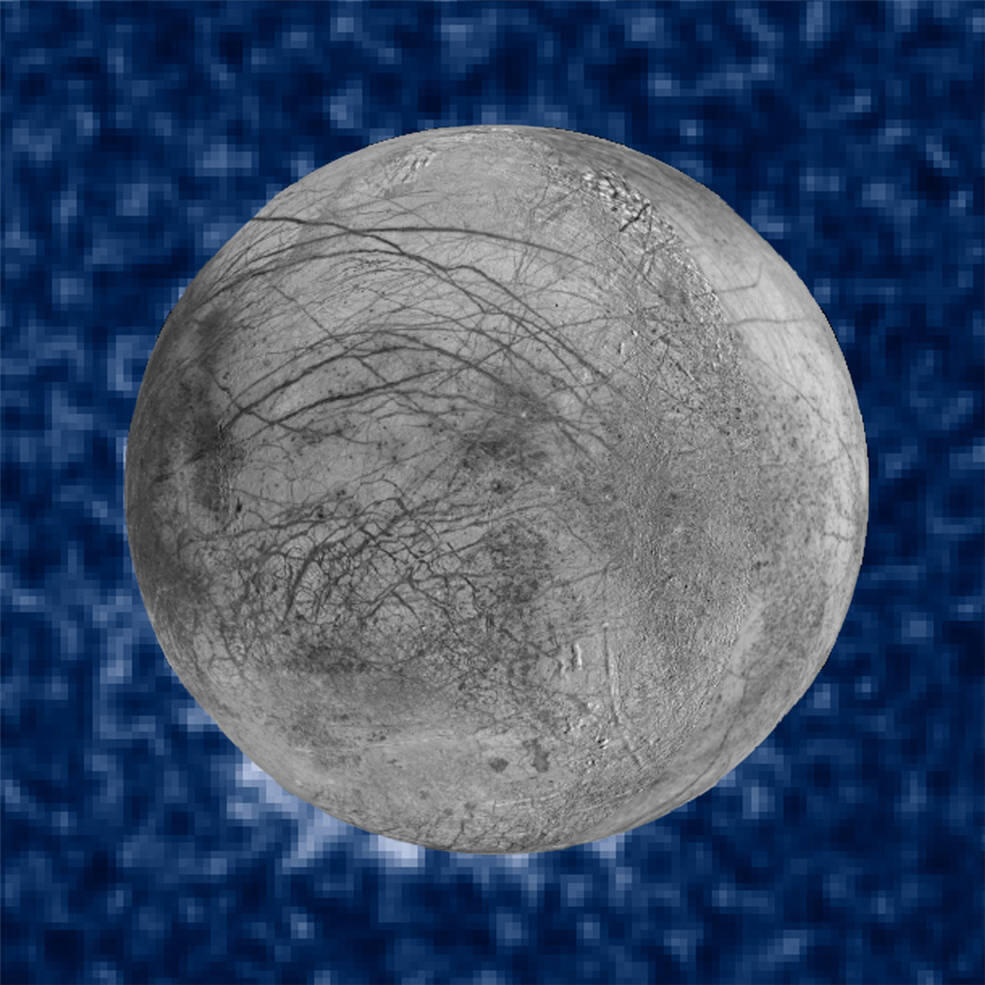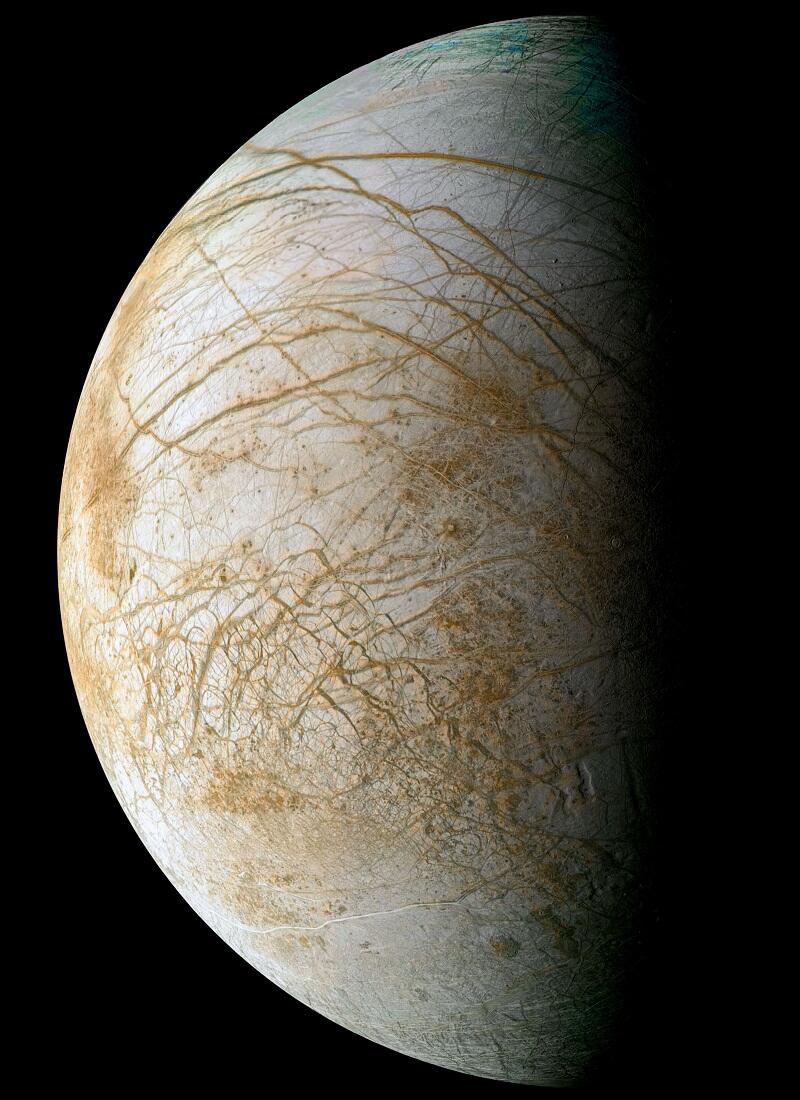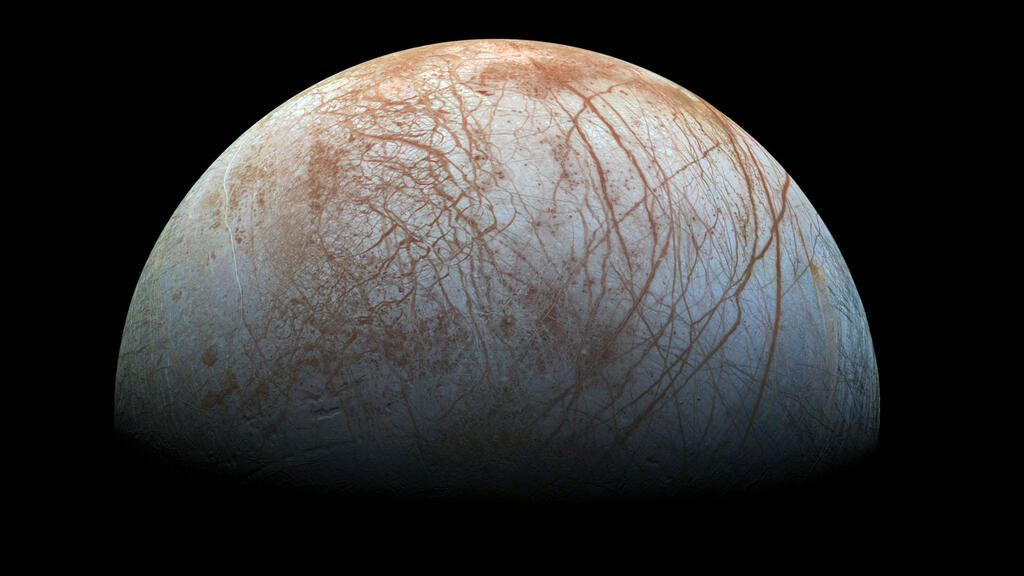Getting your Trinity Audio player ready...
NASA's Europa Clipper spacecraft has embarked on a groundbreaking mission to explore Jupiter's icy moon Europa, seeking answers about the potential for life beneath its frozen surface. Launched yesterday from NASA's Kennedy Space Center in Florida, the spacecraft lifted off aboard a powerful SpaceX Falcon Heavy rocket, marking the 11th overall launch for the Falcon Heavy.
The Europa Clipper is a $5.2 billion mission designed to investigate whether Europa's subsurface ocean contains the necessary ingredients to support life. With a journey of approximately 1.8 billion miles (2.9 billion kilometers) ahead, the spacecraft is expected to arrive at Jupiter in April 2030 and will begin full-scale observations of Europa in 2031. Upon arrival, it will conduct 49 close flybys of Europa, skimming as low as 16 miles (25 kilometers) above the moon's icy surface.
Europa, one of Jupiter's 95 known moons recognized by the International Astronomical Union, is considered one of the most promising places in the solar system to search for extraterrestrial life. Scientists believe that beneath its thick layer of ice, estimated to be between 15 and 25 kilometers thick, lies a vast saltwater ocean that could harbor conditions favorable for life. Recent findings suggest it may hold more water than all of Earth's oceans combined.
"Europa is one of the most promising places in the search for life beyond Earth," said NASA official Gina DiBraccio in a press conference. "With Europa Clipper, we’re not searching for life on Europa, but we’re trying to see if this ocean world is habitable, and that means we’re looking for the water."
The spacecraft, about the size of a basketball court when its solar panels are fully extended, carries a suite of nine sophisticated scientific instruments. These instruments will study Europa's atmosphere, ice crust, and subsurface ocean, providing unprecedented data about its composition and geology. The Europa Clipper's ice-penetrating radar will attempt to penetrate the moon's icy shell, which is believed to be between 10 and 15 miles (15 to 24 kilometers) thick, to explore what is hidden beneath its frozen layers.
"Europa Clipper carries the most sophisticated suite of instruments that we've ever sent to the outer solar system," said Bob Pappalardo, the project scientist for the mission. "We will learn what makes Europa tick, from its core and rocky interior to its ocean and ice shell to its very thin atmosphere and the surrounding space environment."
The mission will focus on analyzing surface materials that may have originated from the ocean below and searching for signs of organic compounds on Europa's surface. By conducting nearly 50 close flybys over its four-year mission after arrival, Europa Clipper aims to virtually map nearly the entire moon and cover its surface from pole to pole. The spacecraft will also collect dust particles from potential water plumes, which could provide direct evidence of the ocean's composition.
"We’re really talking simple, like single-celled organisms," Pappalardo noted regarding the possibility of life beneath Europa's frozen surface. "We don't expect a lot of energy for life in Europa's ocean like we do here on the surface of Earth."
The mission faces significant challenges due to Jupiter's intense radiation environment. The spacecraft's sensitive electronics are stored in a heavily shielded vault made of titanium and aluminum, lined with dense aluminum and zinc walls, to protect against radiation that could damage its systems during flybys.
The journey to Europa is not a direct one. The Europa Clipper will swing past Mars on March 1, 2025, and then Earth in late 2026 to gain speed using gravitational assists, arriving at Jupiter in April 2030. "We're at the threshold of a new era of exploration," said Pappalardo. "We've been working on this mission for so long. We're going to learn how common or rare habitable icy worlds may be."
Curt Niebur, Europa Clipper program scientist at NASA Headquarters, emphasized the mission's significance: "If our solar system turns out to be home to two habitable worlds (Europa and Earth), think of what that means when you extend that result to the billions and billions of other solar systems in this galaxy. Setting aside the 'Is there life?' question on Europa, just the habitability question in and of itself opens up a huge new paradigm for searching for life in the galaxy."
The spacecraft's arrival at Europa marks the beginning of a comprehensive study of the moon's geology and potential habitability. Scientists are particularly interested in Europa's potential hydrothermal vents on the ocean floor, which could provide energy sources similar to those that sustain life in Earth's deep oceans. The mission will assess the salinity and depth of Europa's ocean, believed to be between 60 and 150 kilometers deep.
The successful launch of the Europa Clipper mission represents a significant milestone in space exploration, bringing humanity one step closer to answering the profound question of whether life exists elsewhere in the universe. The data gathered by Europa Clipper will play a vital role in future missions aimed at exploring the mysteries of our solar system.
Robert Pappalardo expressed optimism about the mission's potential discoveries: "What would be the greatest outcome? To me, it would be to find some sort of oasis, if you like, on Europa where there's evidence of liquid water not far below the surface, evidence of organics on the surface. In the future, maybe NASA could send a lander to scoop down below the surface and literally search for signs of life."
The Europa Clipper mission is set to continue until 2034, with the main mission lasting four years after arrival. The exploration of Europa could redefine our understanding of where life might exist beyond Earth and provide insights into the potential habitability of other icy moons in our solar system.
This article was written in collaboration with Generative AI news company Alchemiq
Sources: AP NEWS, the Guardian, Deutsche Welle, Science, CNN Español, Clarin, USA TODAY, New York Times, Los Angeles Times, BBC, CBS News, Business Insider, The New York Times, Washington Times, The Washington Post, ScienceAlert
Get the Ynetnews app on your smartphone:





